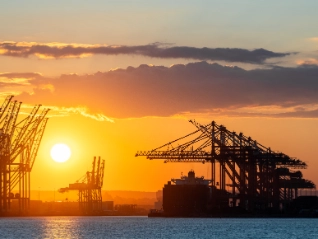Atradius Atrium
Få adgang til vores onlinesystem, som samler alle jeres daglige værktøjer i ét system.
 Danmark
Danmark







Visning 7 ud af 52
Industry growth slows as global trade applies the brakes


Can South Africa's GNU party overcome tensions and structural challenges to unlock GDP growth?

US tariffs, geopolitics and lower demand trigger a contraction of global automotive production in 2026


Pharmaceuticals businesses throughout the world are reviewing their operational and...

Chemicals production growth projected to slow in 2025/2026 due to US tariffs

Trade tensions trigger higher insolvencies
Visning 7 ud af 205